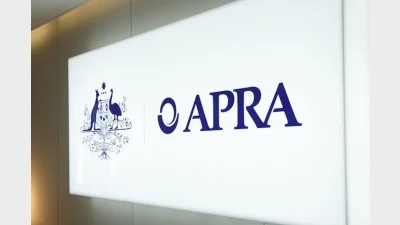Accounting changes impact unfunded liabilities



A change to accounting practices has served to increase public sector unfunded superannuation liabilities, according to actuarial research house, Rice Warner.
The actuarial house has used its most recent newsletter to point to the manner in which the September edition of the Australian Prudential Regulation Authority (APRA) superannuation statistics had appeared to “show remarkable growth for the quarter”.
“Assets were $2.5 trillion at 30 June 2017, which was $200b higher than the original stated figure of $2.3 trillion,” it said.
Rice Warner said the difference had arisen because of a change to accounting standards – specifically AASB 1056 Superannuation Entities which had made employer sponsor receivables (particularly for Public Sector funds) recognised as an asset on fund balance sheets.
“Essentially this means that circa $180 billion of unfunded public sector liabilities are now included in the APRA statistics,” it said.
The research house said the change had been backdated to September 2016 and figures appeared to be net of the Future Fund assets, “so arguably the size of the industry liabilities (benefits to members) could nearly be increased by this figure again. Our industry benefits now total $2.7 trillion in size”.
Rice Warner said this was significant because its Superannuation Market Projections 2017 Report showed the size of the public sector superannuation benefits nearly doubled when taking these liabilities into account and the sector’s average balances increased to about $203,000.
“Further to this, government unfunded liabilities are growing,” it said. “The change has been driven predominantly by the fall in interest rates over the last few years which push up the present value of these liabilities.”
Recommended for you
The super fund has launched Retirement Manager, a digital advice tool helping members plan income, spending, and retirement confidence with integrated support.
APRA has warned retail super trustees that financial adviser involvement in recommending platform products does not diminish their obligations, as regulators turned the spotlight on the Shield Master Fund and First Guardian Master Fund during a meeting with fund CEOs.
AMP’s chief economist has unveiled a wish list for the Australian government’s Economic Reform Roundtable.
Australian retirees could increase their projected annual incomes between 3 and 51 per cent by incorporating personal and household data into their retirement income strategies, according to new research.









